Grace Hopper
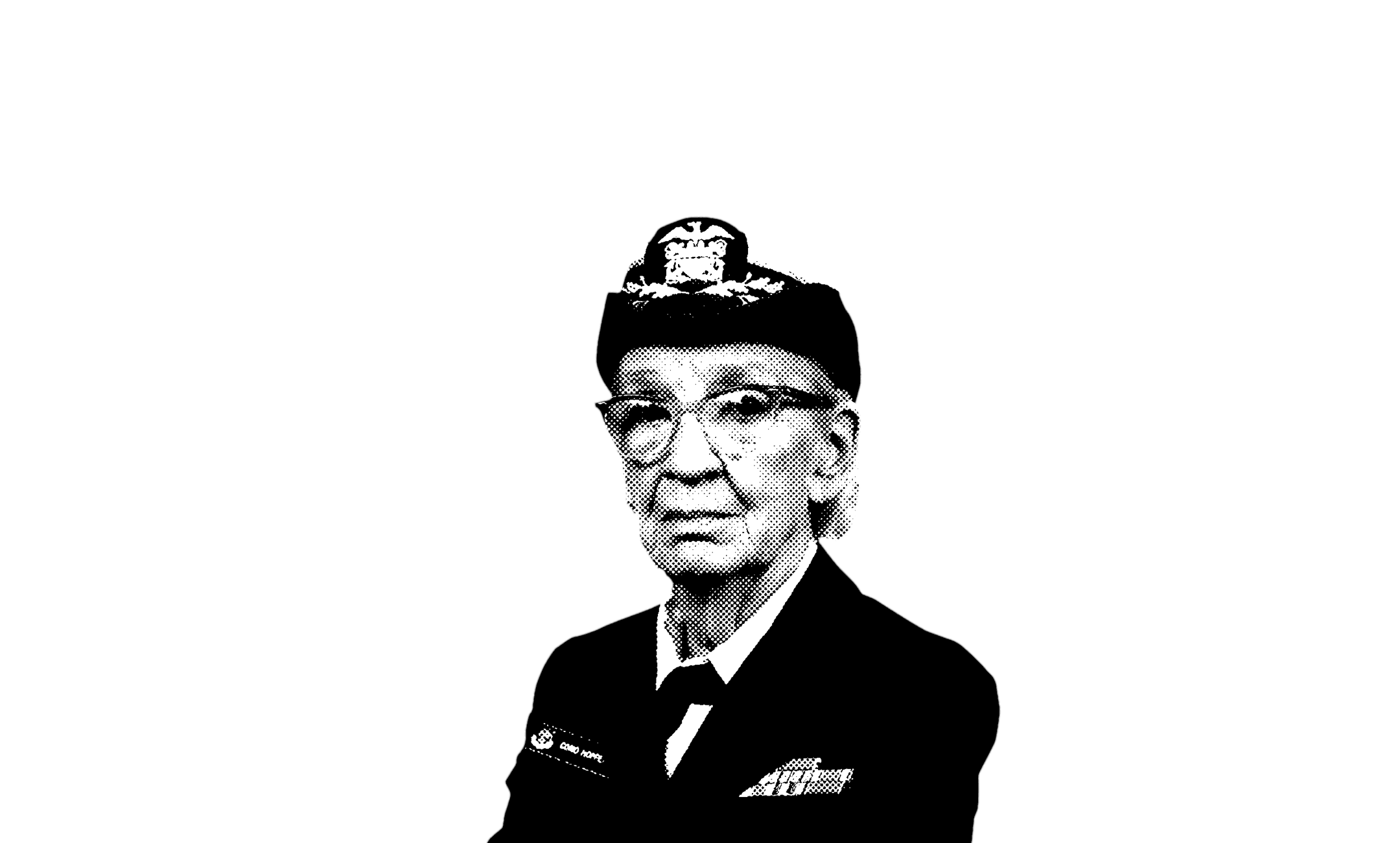
Pioneering Women

Born in New York City, she took clocks apart as a child to see how they worked.
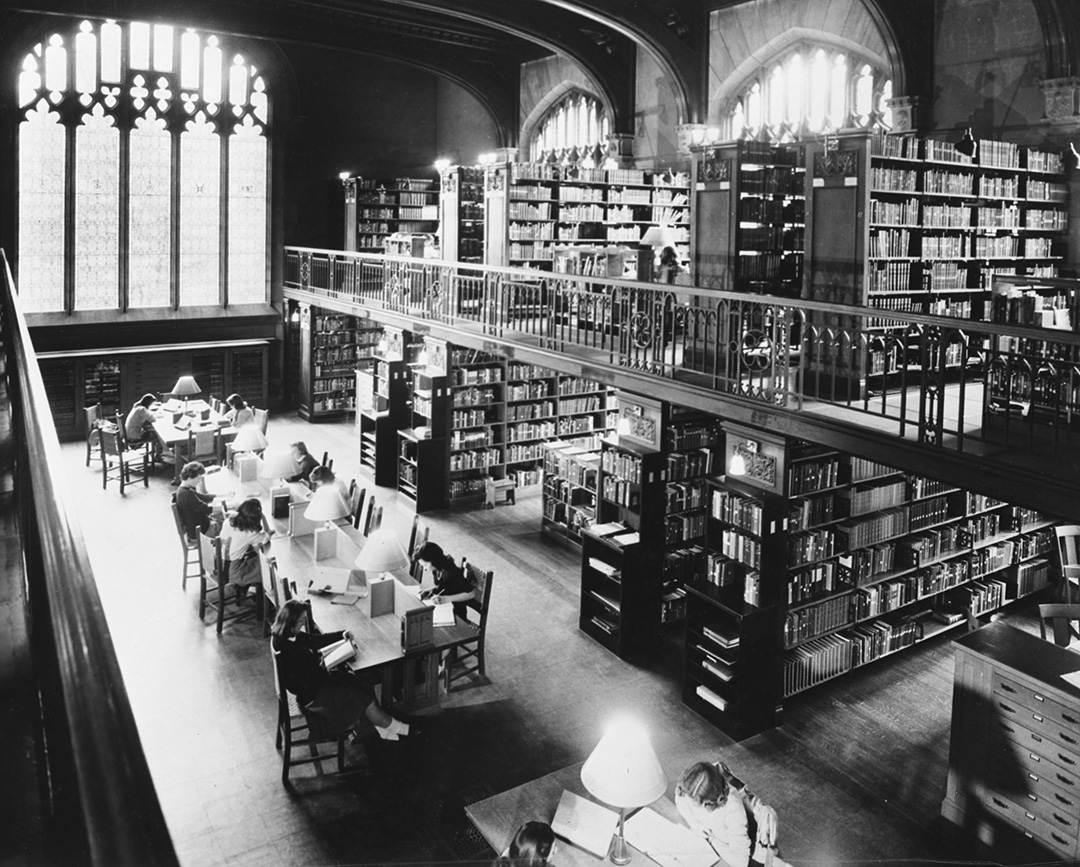
After graduating from Vassar College, she joined the faculty. She continued studies at Yale University and was one of few people to earn a doctorate in Mathematics in 1934.
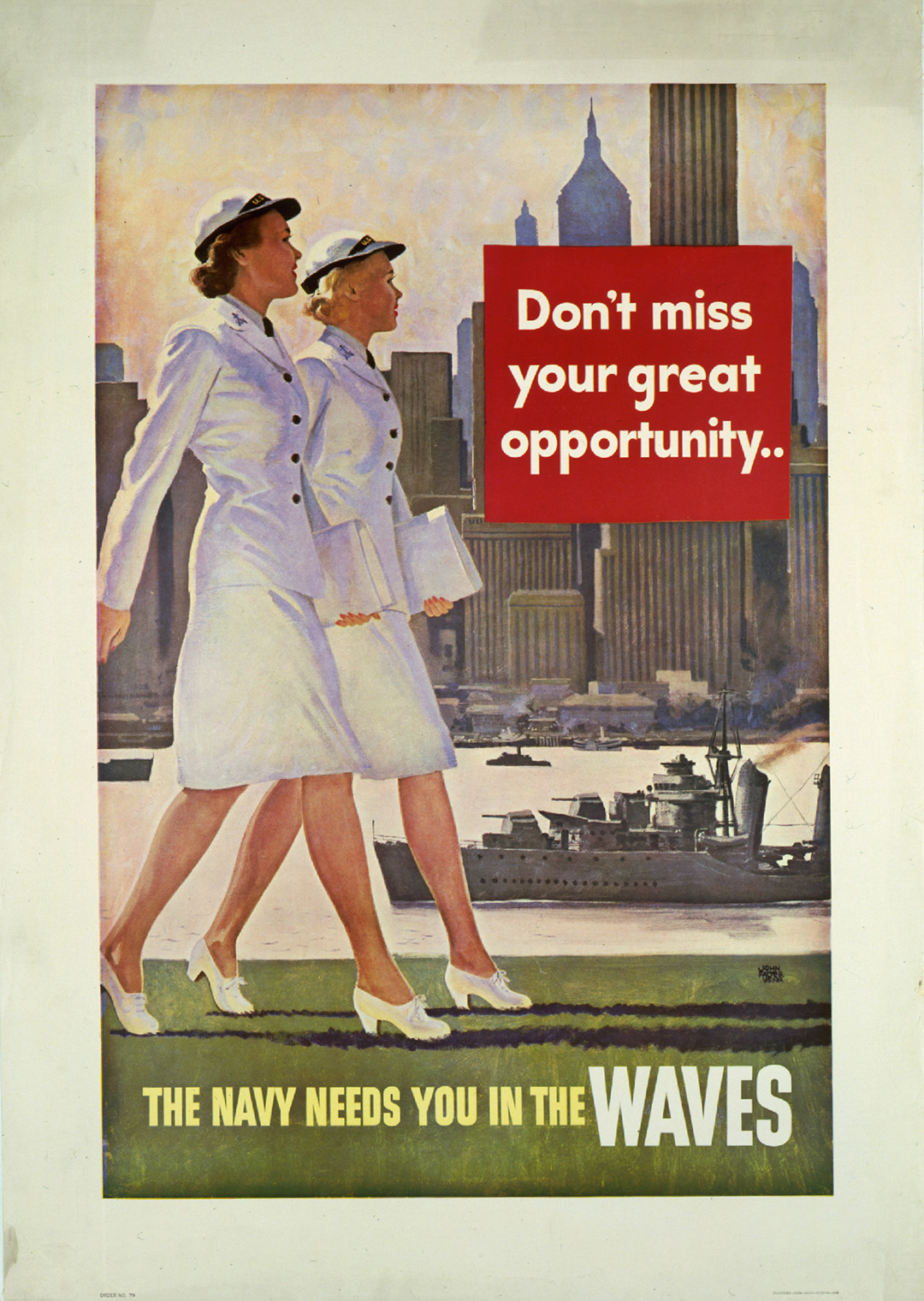
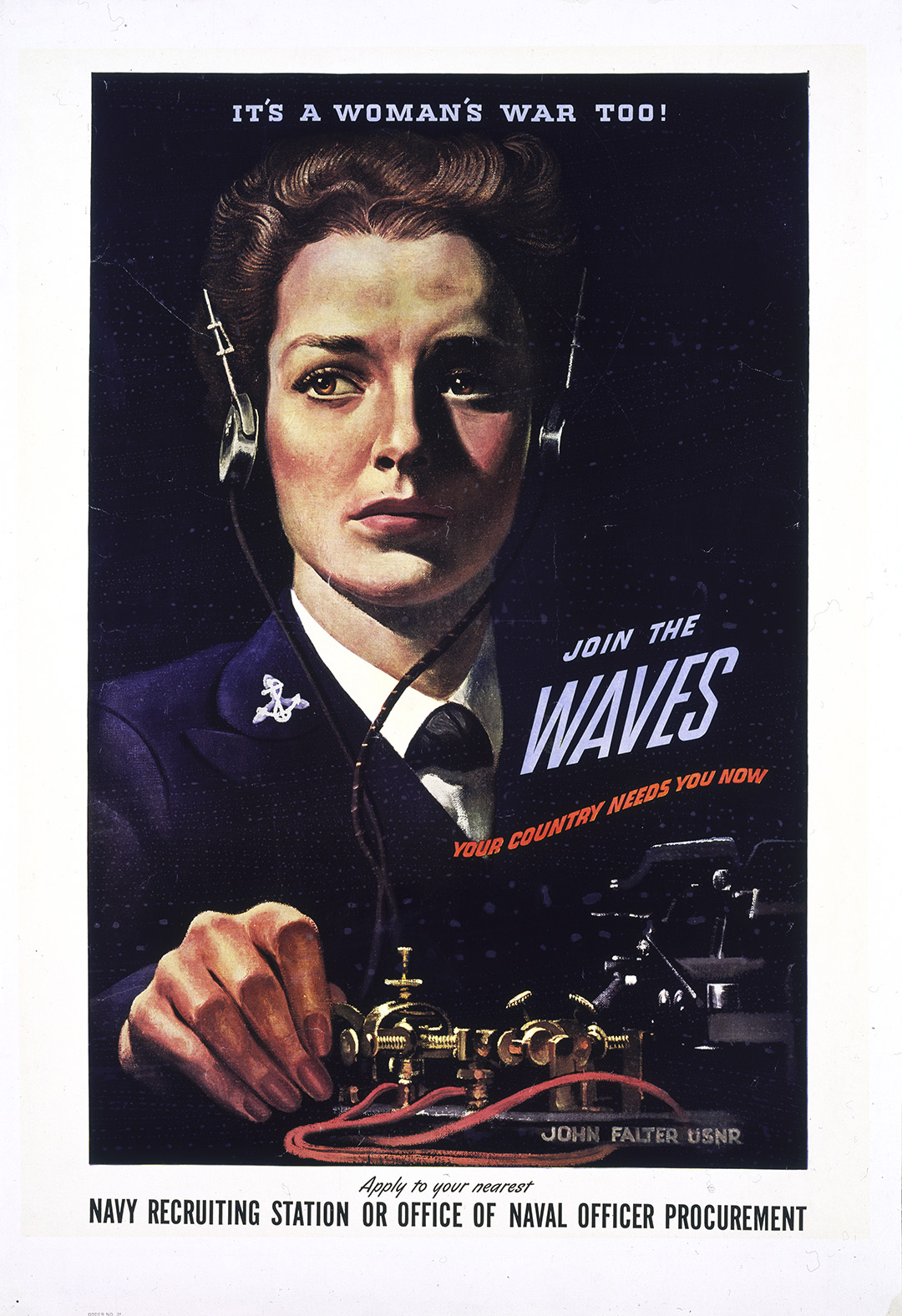
During World War II she joined the WAVES—Women Accepted for Volunteer Emergency Service.
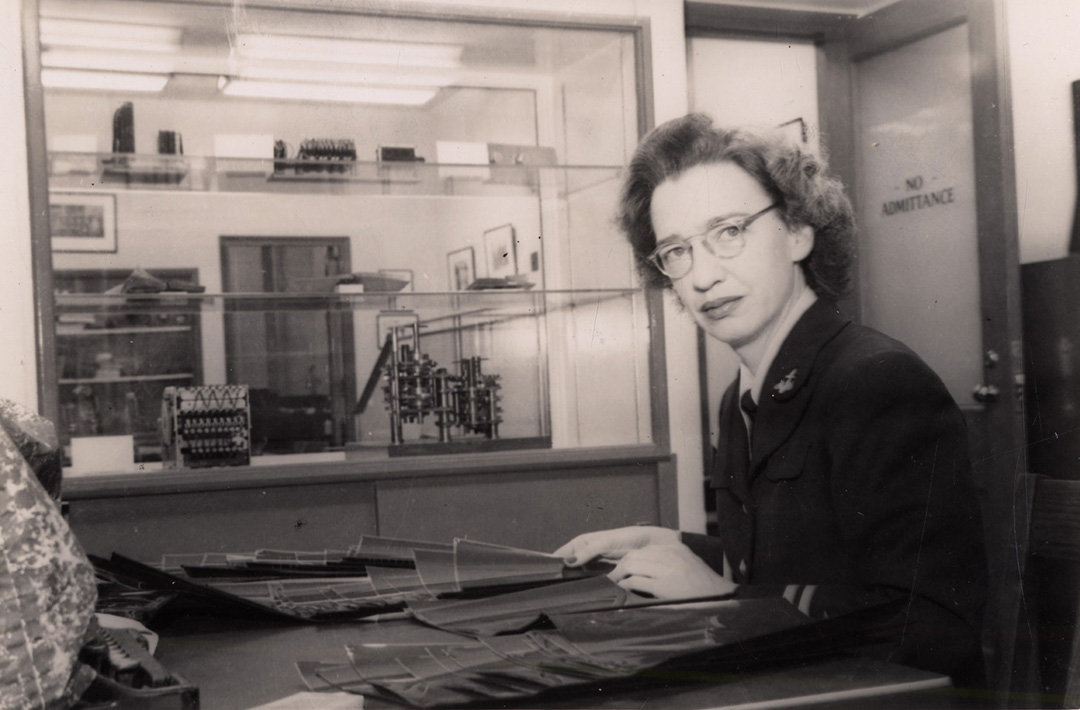
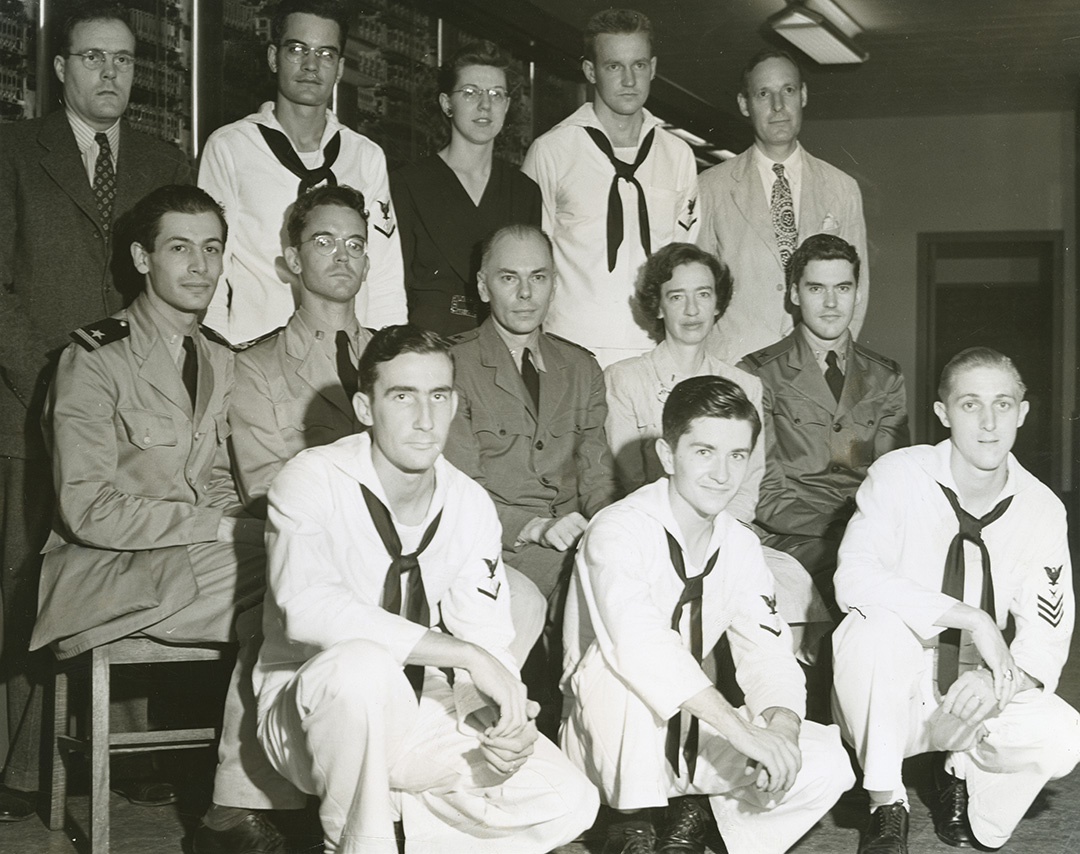
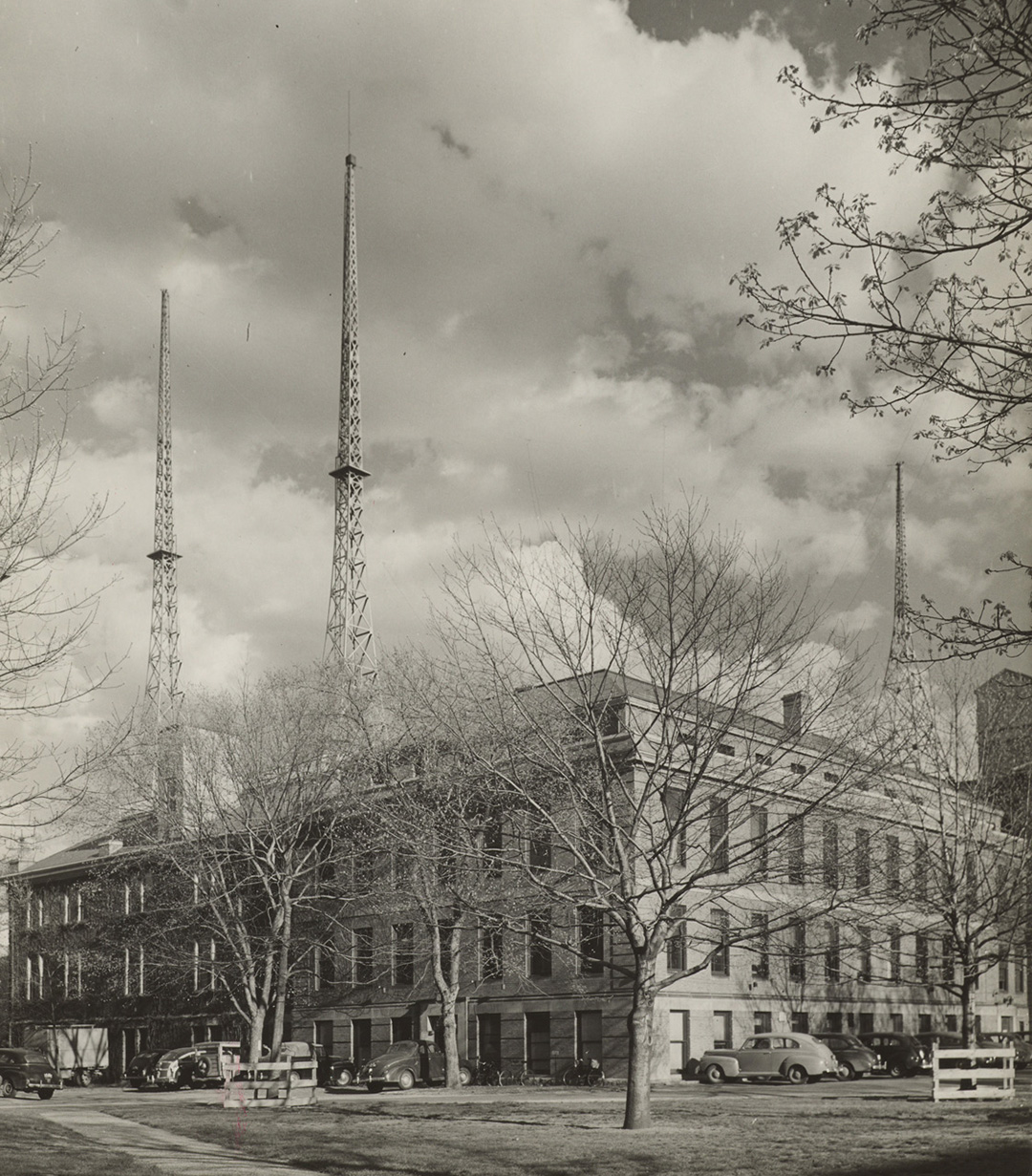
First in her officer-training class, she was assigned to the Navy’s Computation Project at Harvard University. Here she became one of the first programmers of the first programmable computer in the country.
After the War she was a research fellow at Harvard and produced the first programming textbook.
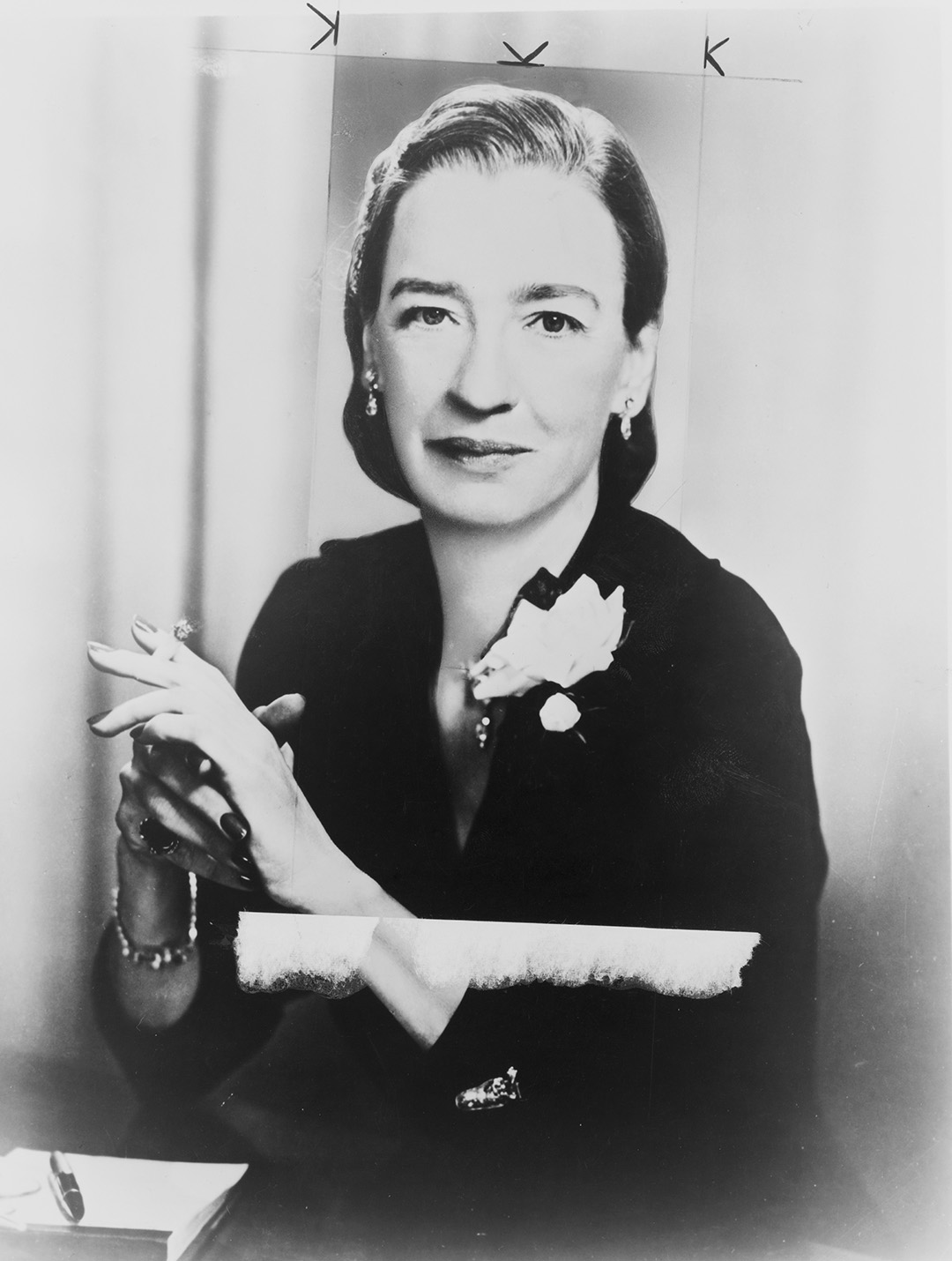
She envisioned people would one day use computers in everyday life. Risking her career, she joined the corporate world in 1949 and helped develop the first commercial computer, UNIVAC.
She also invented the compiler, which translates instructions into code that computers can read.
And she codeveloped one of the first computer languages, COBOL.
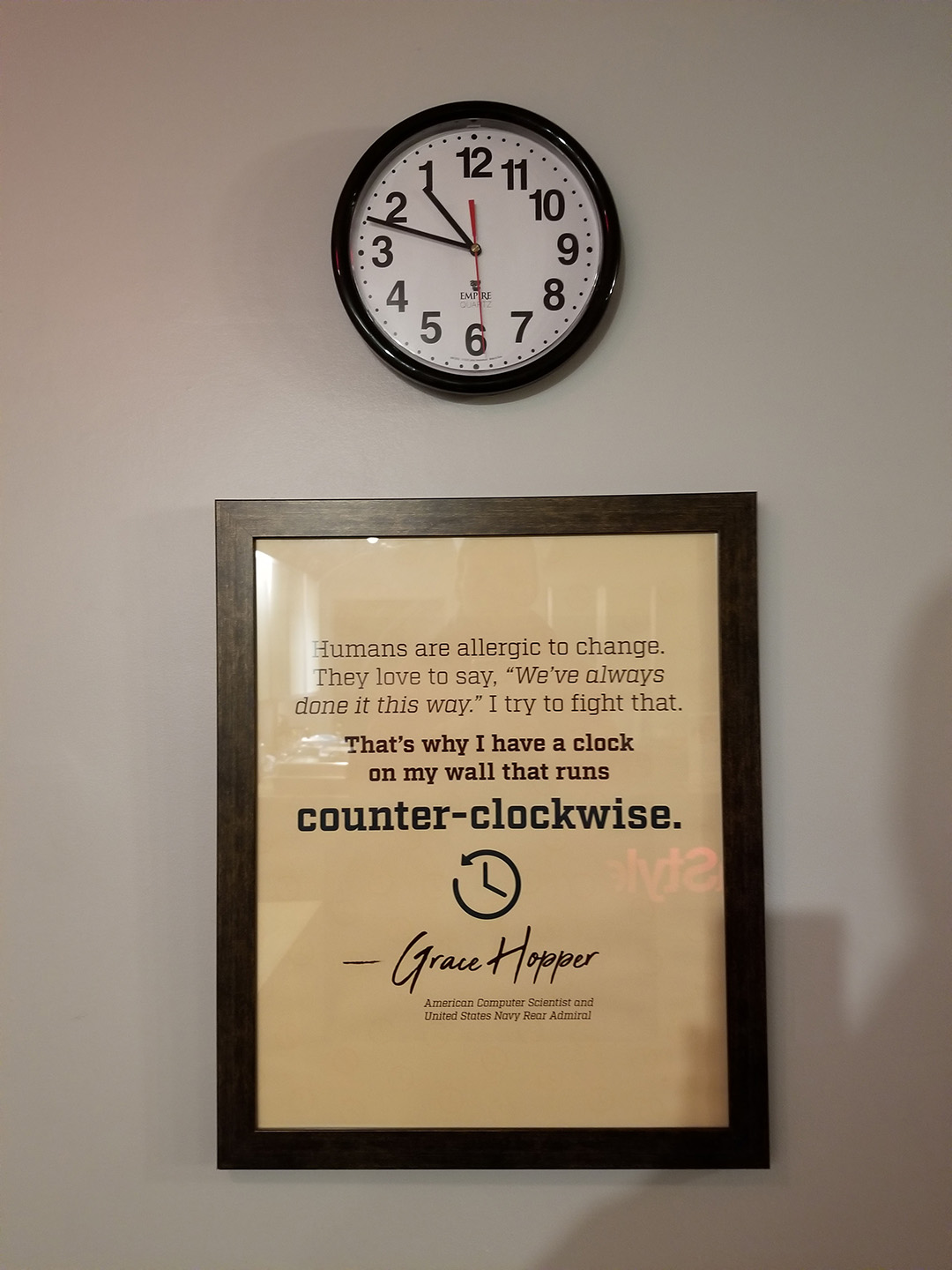
She encouraged programmers to share common portions of programs for efficiency.
She believed change was good and hated hearing, “because we’ve always done it this way.”
To make her point, she had a clock that ran counterclockwise.
She lectured widely, giving up to 300 talks a year!
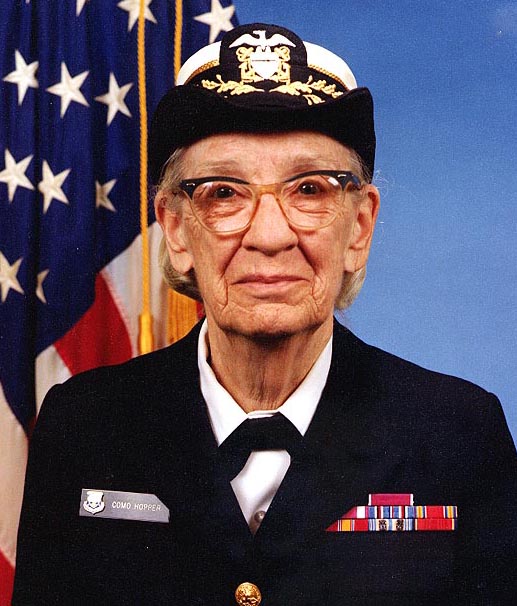
“Amazing Grace” was called back to military service in 1967. There she continued computer work and rose up the ranks to Rear Admiral. Before she retired in 1986, she was the oldest active-duty officer in the country.
She returned to teaching—her greatest joy—and was a computer consultant into her 80s.
I’ve always been more interested in the future than in the past.